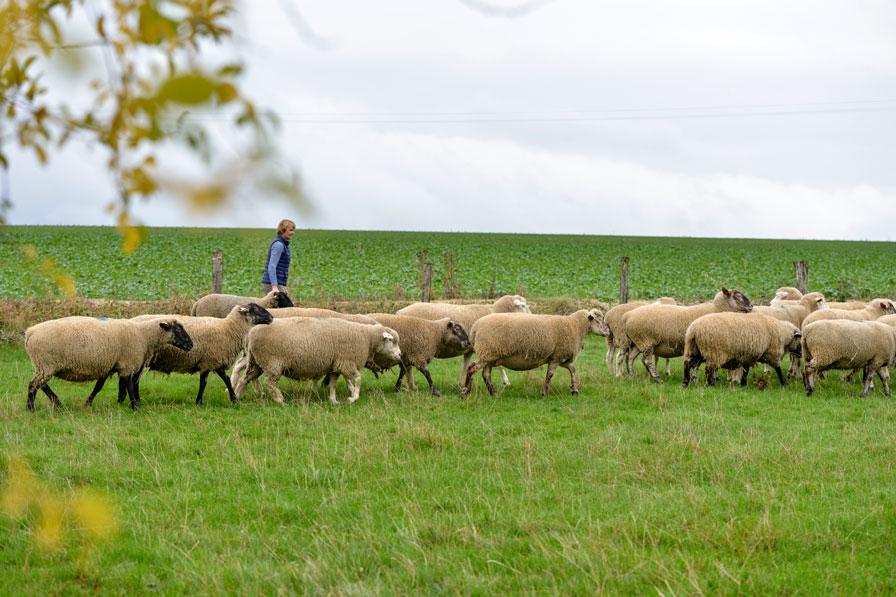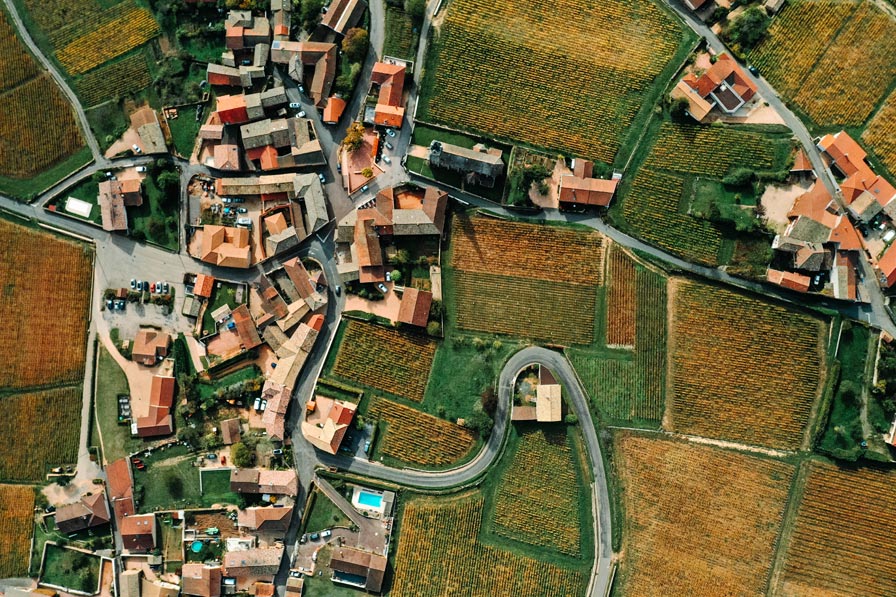We are involving all sectors

Using renewable gases, we are mobilising the lifeblood of many sectors including, agriculture and industry, services and technologies. We are combining expertise and knowledge. We are working with local authorities, entrepreneurs and academic stakeholders. Our aim is to combine all our energies and our sense of determination to move towards an innovative and exemplary ecological transition.
Renewable gases enable many local resources to be brought together and developed. When a biogas plant is installed in a region, it requires occasional or regular involvement from a whole chain of professional stakeholders, offering them interesting business opportunities . It is estimated that for local companies1, the construction of a anaerobic digestion unit alone generates up to €5 million in combined turnover. During the operating phase, it can bring in €600,000 in annual revenues for companies that manage maintenance, transport or, even, spreading.
Biomethane producers take various forms
The biomethane production sites are mainly composed of independent agricultural facilities, which are relatively small in size. For these farmers, anaerobic digestion offers a guaranteed additional income, business diversification and creates non-relocatable jobs. Farmers are not the only producers of biomethane. Companies, local authorities and unions for the treatment of urban waste, agri-food industries, waste water treatment plants (WWTP), and Non-Hazardous Waste Storage Facilities (NHWSF) produce it on a more or less large scale. For all of these stakeholders, renewable gases represent a viable alternative to landfill or incinerating waste.
Other sectors are emerging at a regional level
Complementary solutions to anaerobic digestion, like the pyrogasification and hydrothermal gasification sectors also respond to the desire for regional development. Pyrogasification treats non-fermentable dry residual waste that is often intended for landfill or incineration. Its large-scale development will enable local authorities to resolve a significant number of their waste issues. The first industrial units are expected by 2028. Hydrothermal gasification, meanwhile, is based on a high-pressure and high-temperature thermochemical process. It is showing significant potential with the first installations planned for 2025. A recent study identified that it has the potential to treat 100 million tonnes of liquid effluent out of the 340 million tonnes produced annually in France2.
From planning to execution, it is a group effort
Before building a production unit, a study must be carried out on the viability of the project. This task is entrusted to consultants from a company specialised in anaerobic digestion or a company that works more broadly in renewable energies. A public works company then gets involved with the support of the manufacturers producing the equipment and materials that make up the production unit. These stages also involve close collaboration with local authorities, chambers of agriculture and, of course, the banks that are financing the project.
From the first day to the last, it requires relentless collective energy
As soon as a anaerobic digestion unit is operational, a transporter is generally needed to supply the site with inputs (the raw materials used to produce biogas). These could be crop waste, animal by-products, green waste, household waste, sludge or products from the agri-food industry. Once the digestate has been collected (the organic residue from the anaerobic digestion process), it must be transported once again to be spread in the fields as a natural fertiliser. Similarly, it is vital that a maintenance company is contracted to ensure that the installation is in good working order in the long term.
Finally, the last essential stakeholder is the network manager or operator. They ensure that the installation is connected to the natural gas network, as well as ensuring that biomethane is injected into network and delivered to the end customer. Renewable gases provide green, infinite energy to the community but it is also the result of our collective and complementary efforts.
1 Source : Le monde de l’énergie 2020
2 Source : Pôleénergie et GRTgaz 2020

